"Funky-ish" odor from sink. What could it be?
msbrandywinevalley
9 years ago
Related Stories

HOUZZ TVHouzz TV: See a Funky Beach Home Made From Old Streetcars
A bold color palette zaps life into a Santa Cruz, California, home built out of two streetcars from the early 1920s
Full Story
LIFEIf You Could Talk to Your House, What Would You Say?
‘Pull yourself together’ or ‘thank you for transforming my life’? Notes to homes around the country hit us where we live
Full Story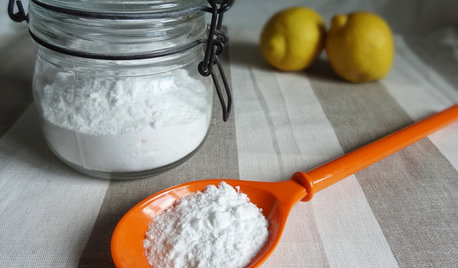
HOUSEKEEPINGBaking Soda: The Amazing All-Natural Cleanser You Already Own
Battle grime, banish odors and freshen clothes with this common nontoxic cupboard staple
Full Story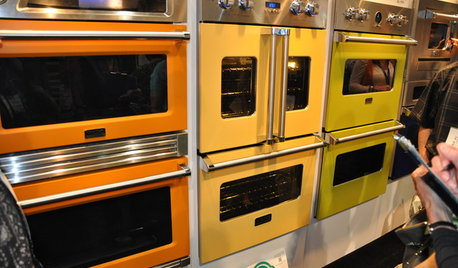
KITCHEN DESIGNStandouts From the 2014 Kitchen & Bath Industry Show
Check out the latest and greatest in sinks, ovens, countertop materials and more
Full Story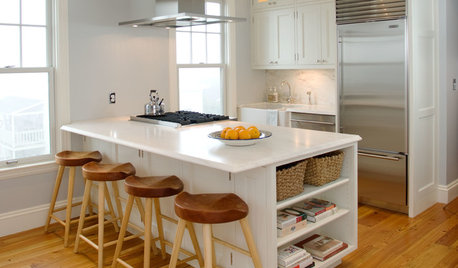
KITCHEN DESIGN20 Kitchen Must-Haves From Houzz Readers
We asked you to tell us your top kitchen amenities. See what popular kitchen features made the list
Full Story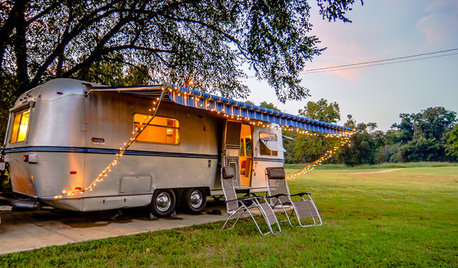
VINTAGE STYLEGet Away From It All in a Glamper
A glammed-up camper can transport you to a happy place, whether in your yard or on the highway
Full Story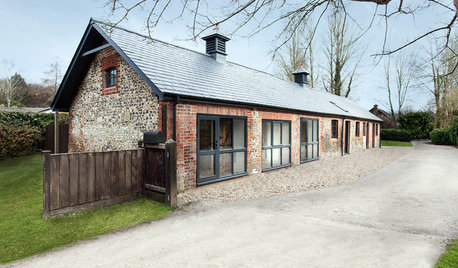
HOUZZ TOURSHouzz Tour: From Old Stable to Minimalist Guesthouse in England
Its interior bays once held racehorses, but now this all-white and wood home holds fascination as a modern part-time home
Full Story
HOUZZ TOURSHouzz Tour: From Burned Down to Done Up in Las Vegas
A fire gutted this midcentury home — and laid the groundwork for a beautiful new floor plan
Full Story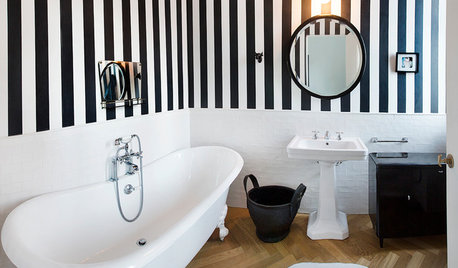
BATHROOM DESIGNBathroom Beauties From Around the World
Soak up some divine bathing spaces in locales ranging from the tropics to urbane settings, rural outposts and the chilly north
Full Story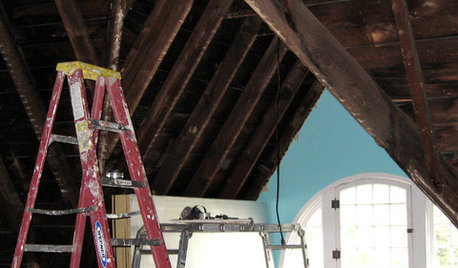
REMODELING GUIDES8 Lessons on Renovating a House from Someone Who's Living It
So you think DIY remodeling is going to be fun? Here is one homeowner's list of what you may be getting yourself into
Full StorySponsored
Columbus Area's Luxury Design Build Firm | 17x Best of Houzz Winner!
More Discussions









snoonyb
msbrandywinevalleyOriginal Author
Related Professionals
Worcester Plumbers · Millbury Handyman · Channahon Handyman · Cocoa Beach Kitchen & Bathroom Remodelers · Dearborn Kitchen & Bathroom Remodelers · Emeryville Kitchen & Bathroom Remodelers · Fort Pierce Kitchen & Bathroom Remodelers · Galena Park Kitchen & Bathroom Remodelers · Hanover Township Kitchen & Bathroom Remodelers · Republic Kitchen & Bathroom Remodelers · Saint Augustine Kitchen & Bathroom Remodelers · Spokane Kitchen & Bathroom Remodelers · Tempe Kitchen & Bathroom Remodelers · Gibsonton Kitchen & Bathroom Remodelers · Wellesley Kitchen & Bath Fixturessnoonyb
msbrandywinevalleyOriginal Author
msbrandywinevalleyOriginal Author
Elmer J Fudd
jackfre
snoonyb
msbrandywinevalleyOriginal Author
snoonyb
hippy
bob_cville
weedmeister
snoonyb
bob_cville